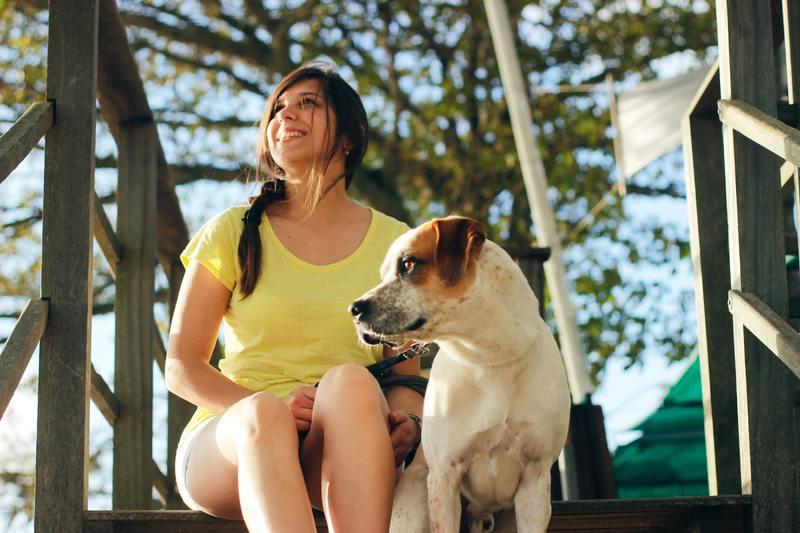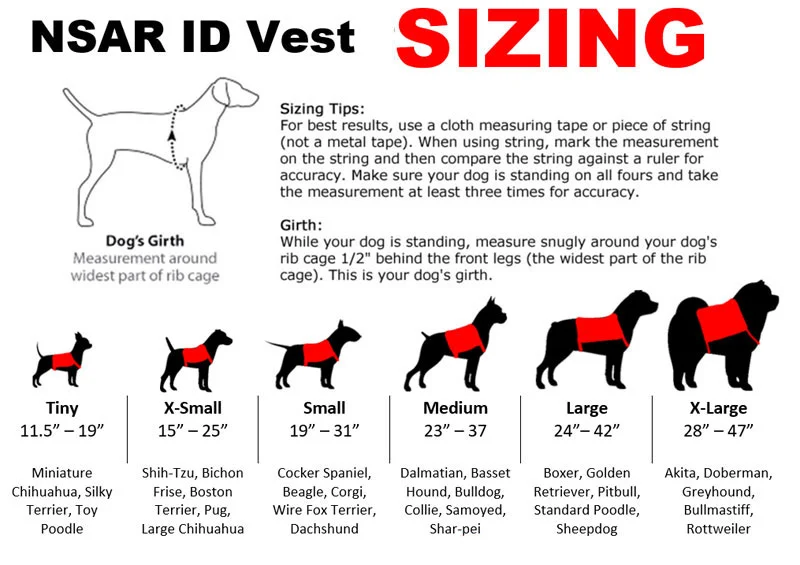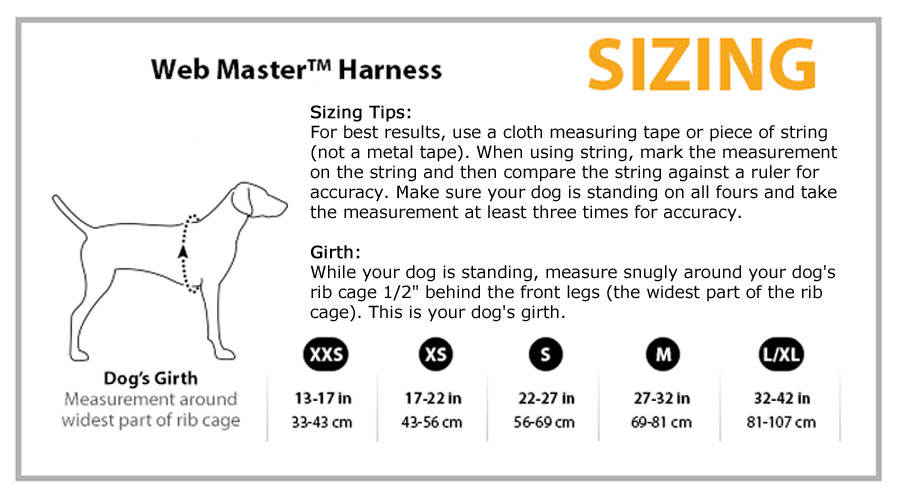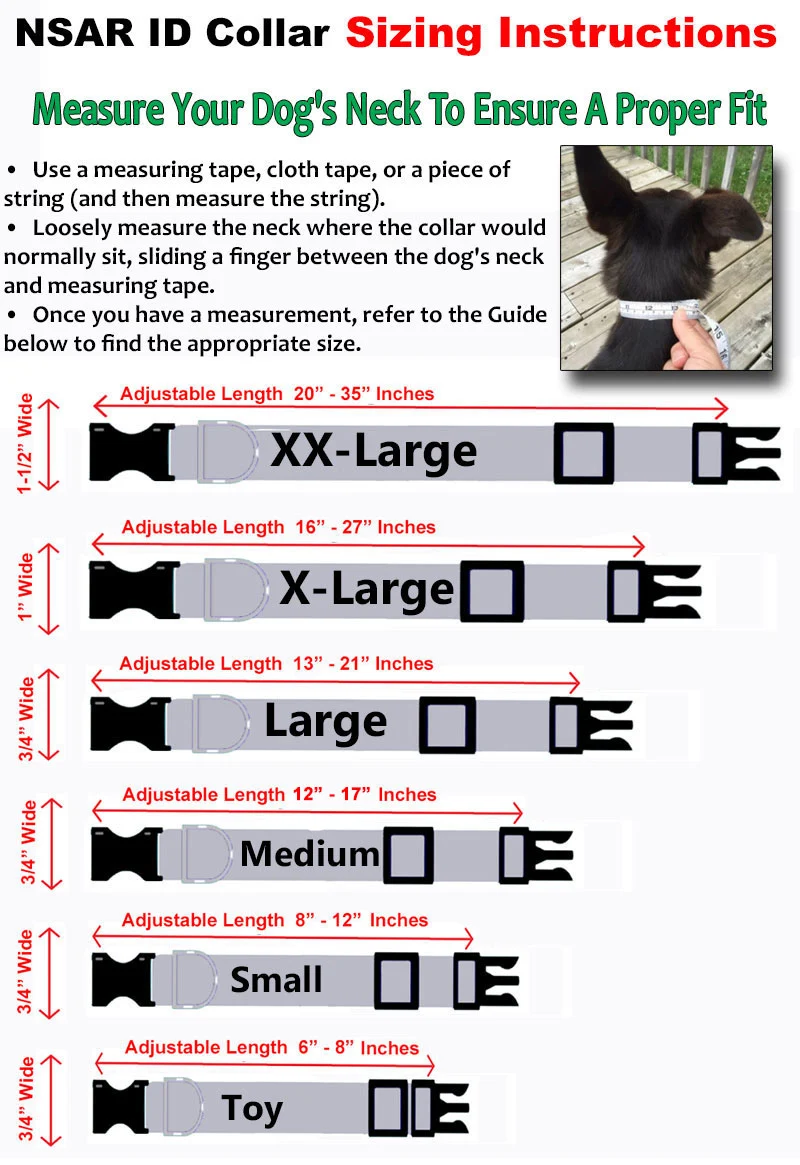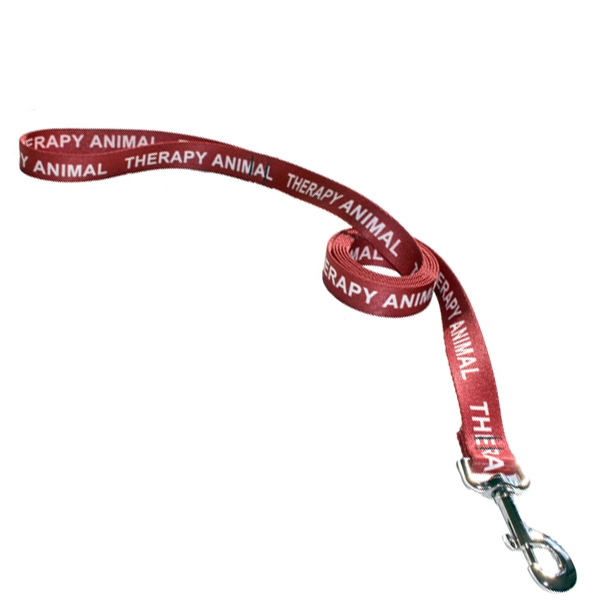
If you have an emotional support animal, you may be under the impression that you can take them everywhere. That’s one of the principal advantages of obtaining your emotional support dog registration in the first place – helping you identify your animal to the public. If you get anxious in crowds or tend to feel isolated and insecure when you’re in unfamiliar environments, having an ESA can help settle your nerves and ease your anxiety. What if you’re moving to a new place? If you’re considering renting a new apartment, is your landlord required to accept your emotional support animal when you move in? Here’s what you should know regarding landlords and your rights to an ESA.
Protection from No Pets Policies
Landlords are allowed to restrict their tenants from having pets. It’s common for them to place restrictions so that pets are prohibited, or they limit the kinds of animals permitted based on species, breed, or size. Emotional support animals, however, aren’t considered pets. They provide necessary assistance to people with physical or mental disabilities, so they must be allowed in all apartments under federal fair housing laws.
Federal Fair Housing Act
It’s a violation of federal law to discriminate against people with disabilities. People who require the services of an ESA are considered disabled and are, therefore, protected. This means that the landlord must make reasonable accommodations for the disabled individual. Among these reasonable accommodations is allowing the tenant to have an emotional support animal. ESAs are usually dogs, but the landlord must permit dogs, cats, or any other animal who has ESA certification.
Questions You Can Expect from a Landlord

If you intend to move into an apartment with your ESA, and that apartment doesn’t usually allow pets, you can anticipate that the landlord will challenge you on the necessity of having an ESA. While the law doesn’t require you to show or explain your disability, landlords are allowed to ask for proof that a disability exists. Make sure you have an ESA letter from a licensed mental health professional explaining that you need your emotional support animal.
If you don’t have a therapist or your therapist is unwilling to write an animal emotional support letter, National Service Animal Registry (NSAR) offers a NO-RISK [emotional support animal letter](/esa-letter.html) assessment. National Service Animal Registry is the original and most trusted and referred online provider of ESA prescription letters in the United States, equipped with an extensive network of experienced licensed therapists across the nation who specialize in ESA assessments.
The landlord may want to know in what way the ESA assists you with your disability, but the letter is all you need to show them. Once you’ve proven to the landlord that you have a mental illness and that your ESA is necessary, then the landlord must permit your emotional support animal as part of the rental agreement. You can expect to follow the same process if you get an ESA after you’ve already moved into an apartment. Just because you get an emotional support animal after you’ve lived in an apartment is no reason for a landlord to evict you due to a no pets policy. Simply show them your ESA letter, and they’re required by law to accept your emotional support animal.
If you don’t have an ESA yet, but wish to get one or have your current pet registered as an ESA, contact the National Service Animal Registry. We register emotional support dogs for people just like you so you can get the valuable assistance and support that only ESAs can provide.















